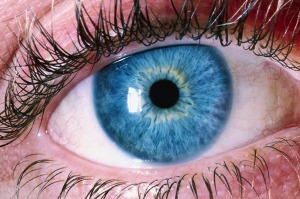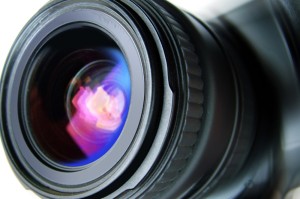(Fourth in a series of six articles)

 Part of the RAW file processing can be to get the image to look more like what was viewed at the time the shutter was clicked. The human eye is much more sensitive to light than the typical high end cameras of today. We can all look at our feet under our dark desks and see some detail in the shoes then immediately look up at the bright overhead lights and see some detail next to the light bulbs. No camera can capture this same range of light in a single photo.
Part of the RAW file processing can be to get the image to look more like what was viewed at the time the shutter was clicked. The human eye is much more sensitive to light than the typical high end cameras of today. We can all look at our feet under our dark desks and see some detail in the shoes then immediately look up at the bright overhead lights and see some detail next to the light bulbs. No camera can capture this same range of light in a single photo.
People who study and analyze such things, estimate the human eye can see about 24 camera f-stops while a camera can typically capture around only 10 f-stops. Without getting into the details of what an f-stop is, you can see the camera can only see half or less of the light the human eye can detect. An image captured in a RAW file can help improve on this shortcoming when compared to a JPEG image. A RAW file can have the brightest highlights of the white clouds toned down so details can be seen in these otherwise unsightly white areas void of any detail. In addition, where the JPEG photo will show dark detailess shadows, the raw file can be processed so details can be seen in the shadows, thanks to the RAW file which did not toss out this information like the JPEG algorithm did. This is not new to digital photography. In the film days, much of the work in the darkroom had the same goal to bring our details in some areas, less in others, all dependent upon the artistic desires and interpretation of the photographer. It is an incorrect assumption or belief that the great well-known photographers such as Ansel Adams did not manipulate their photos. He did manipulate his photos and he admitted that fact in numerous of his writings.
When the RAW file is developed in a computer program such as Adobe Photoshop© the photo may be a much more realistic image matching more closely what the viewer saw at the time the image was captured. However, since we are not typically full-time employees of the local news paper, the photographer is free to take some artistic license with the image. How much one wishes to enhance the image is up to each individual photographer. Some photographers wish to make the very minimal adjustments possible and might claim their photos are not manipulated. My opinion is that all photos are the result of some manipulation or alteration, either by a program standard agreed to by the Joint Photographic Experts Group (JPEG) or by the photographer that captured the image.
